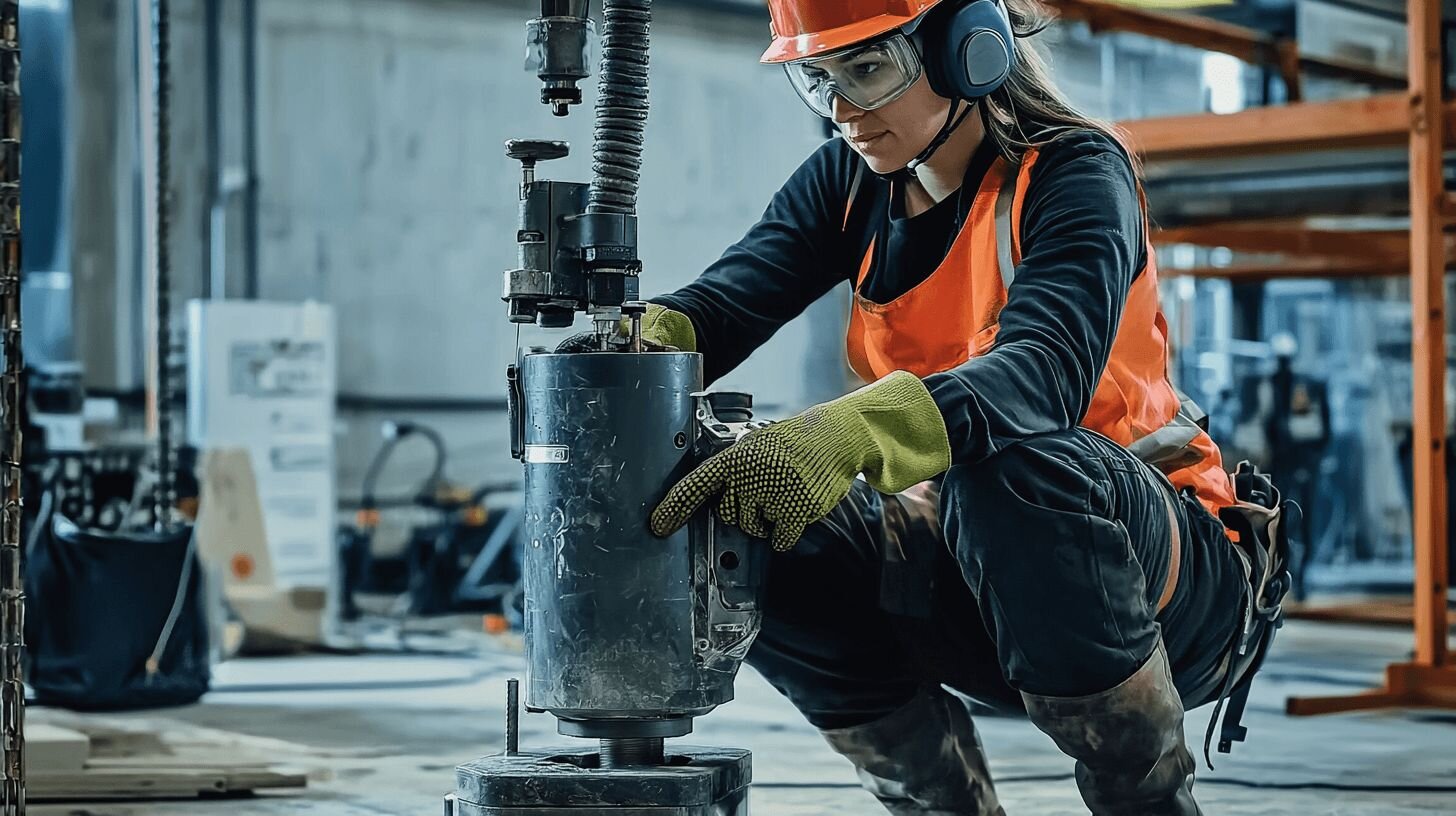The construction labor shortage has reached a breaking point. At the Elevate 2025 conference in Washington, D.C., industry leaders made it clear: the construction labor gap is a national security threat.
“When you look across the entirety of the built environment, the gap that is created has risen to the level of a national security issue and requires us, as a country, to look hard, to look deep, to make sure that we are doing what is necessary,” said George Guszcza, president and CEO of the National Institute of Building Sciences.
The stakes are high. Without more workers, the U.S. risks falling short on the infrastructure and reshoring projects that are supposed to secure the country’s future.
Why the Gap Matters
Scattered training programs exist, but without alignment at the national level, the industry remains vulnerable. Multibillion-dollar projects depend on a steady flow of skilled labor, and without it, contractors are left struggling to meet schedules and standards.
Outdated pipelines are already driving delays, raising labor costs, and making it harder for you to staff critical phases of a project. Unless new solutions take root, the gap will keep growing. That’s why leaders are pointing to untapped talent pools as one way to build lasting strength in the workforce.
Bringing Veterans Into the Workforce
Veterans remain a valuable but underutilized pool of talent. Programs like BuildStrong and Hiring Our Heroes connect service members and military spouses with careers in construction.
Tanya Wattenburg Komas, president and CEO of the Concrete Preservation Institute, suggested turning national parks into training hubs. Past projects have included restoration work at Pearl Harbor and Alcatraz, offering service members a path into the trades while helping to clear the National Park Service’s $22 billion maintenance backlog.
Retention, however, is still a hurdle. Nearly half of veterans leave their first civilian job within a year, according to Shirley Albritton of the National Institute of Building Sciences. She urged contractors to collaborate across companies so that even if veterans change employers, they stay in the industry.
For you, that means investments in veteran hiring have a better chance of paying off when the whole industry works together to keep veterans building long-term careers.
Closing the Gender Gap
The industry also needs to attract and keep more women. Branka Minic, CEO of the Building Talent Foundation, said construction still carries the reputation of being “dirty, difficult, dangerous and dead-end.” Ellen Thorp of the Coalition for Sustainable Roofing added that women need visible role models who demonstrate how to build lasting careers in construction.
Research confirms the challenge. A survey by the National Center for Construction Education and Research and Ambition Theory found that 68% of women cite poor leadership as a reason they leave the industry. When women see defined career paths and supportive leadership, they are far more likely to build lasting careers in construction.
The Growing Urgency
The Bureau of Labor Statistics reported that open construction jobs increased 26% at the end of July, the highest level in over a year. With demand rising and projects stacking up, the shortage is only getting worse.
Guszcza and other industry leaders said the workforce gap has reached the level of a national security threat and requires immediate, coordinated solutions.
For you, that means two things:
- First, your projects will continue to feel the squeeze until new talent pipelines are built.
- Second, your voice matters in shaping solutions, whether by supporting training initiatives, partnering with veteran programs, or creating leadership paths that help more women see a future in the trades.
The jobs are there. The projects are funded. The only question is whether the workforce will be.



